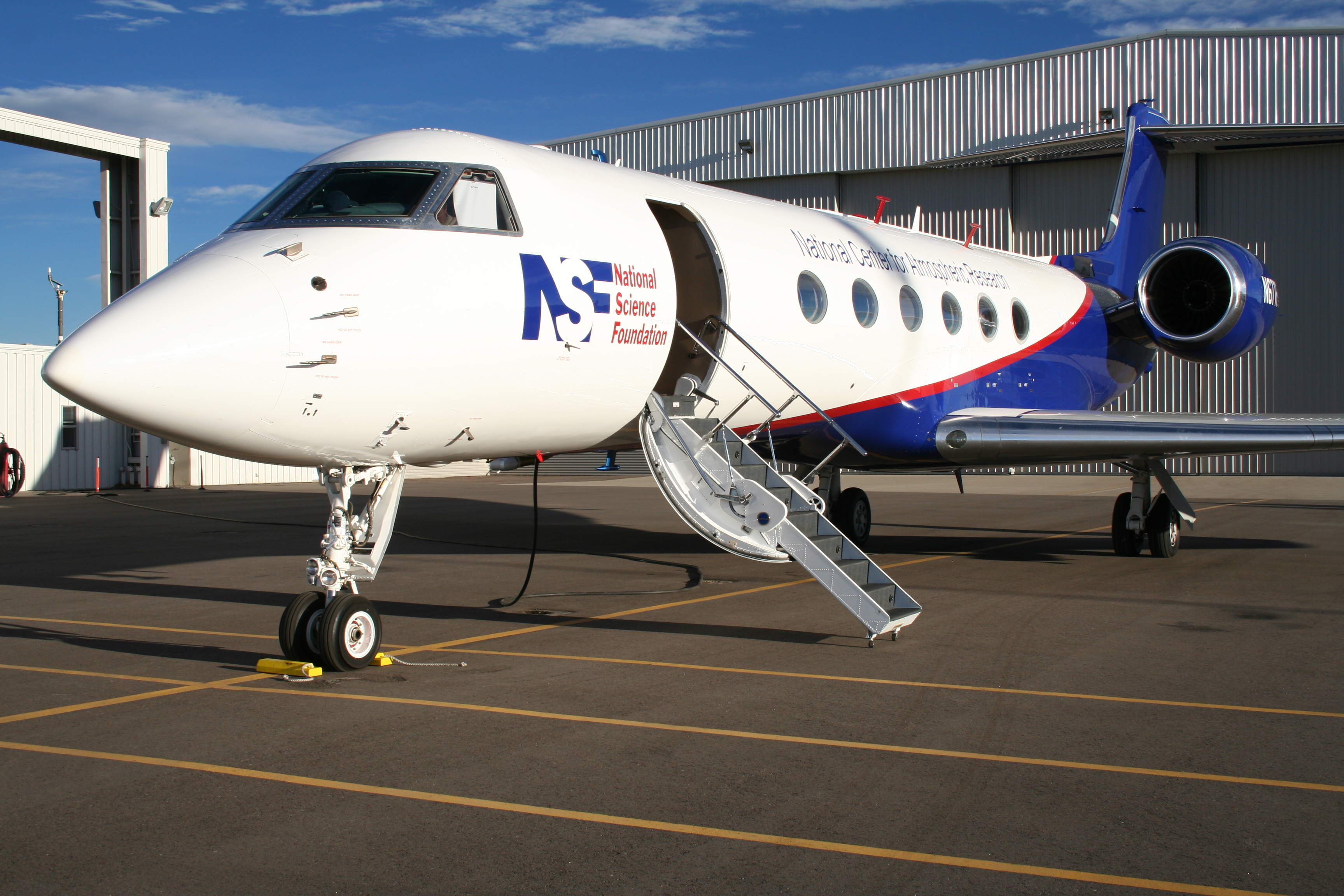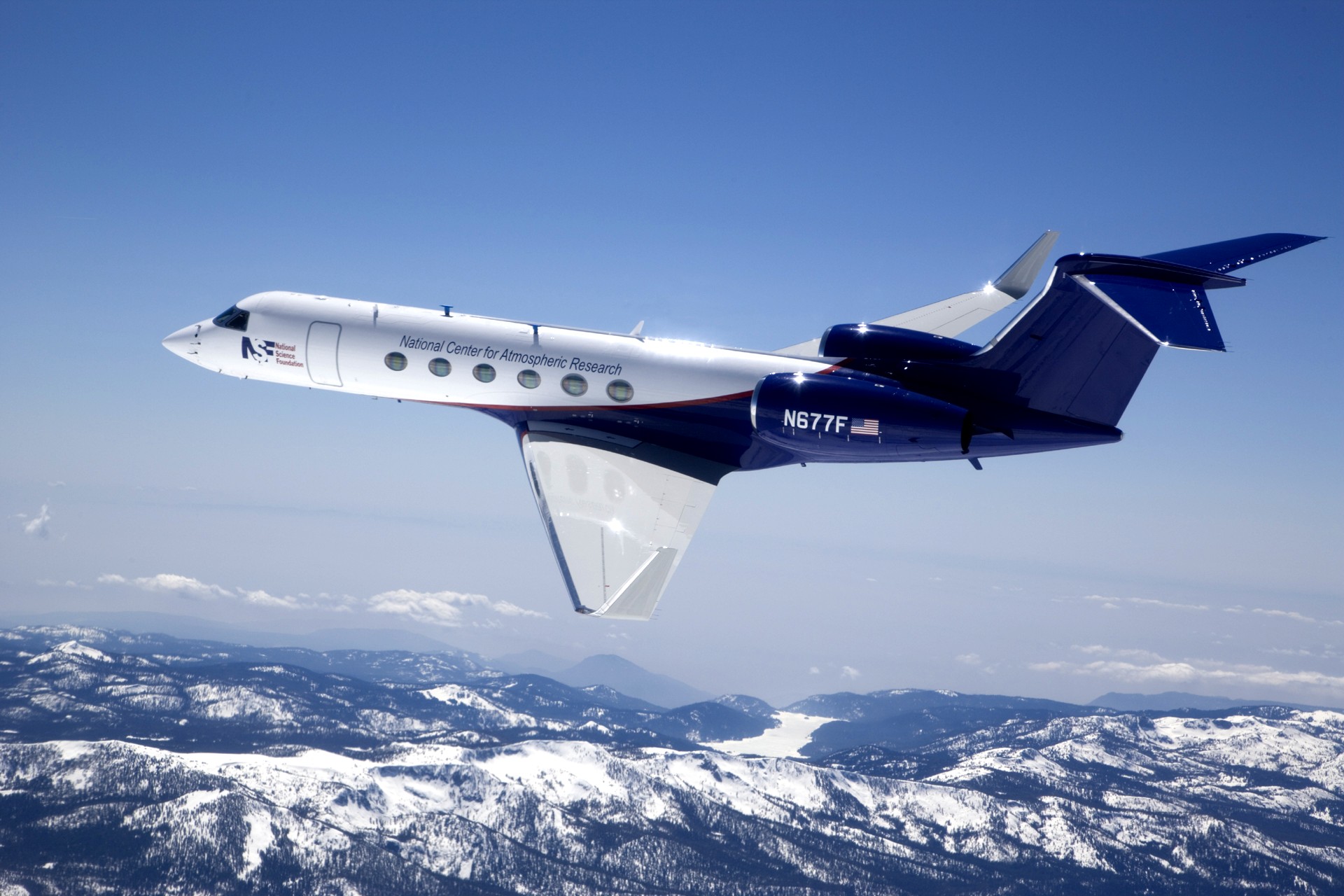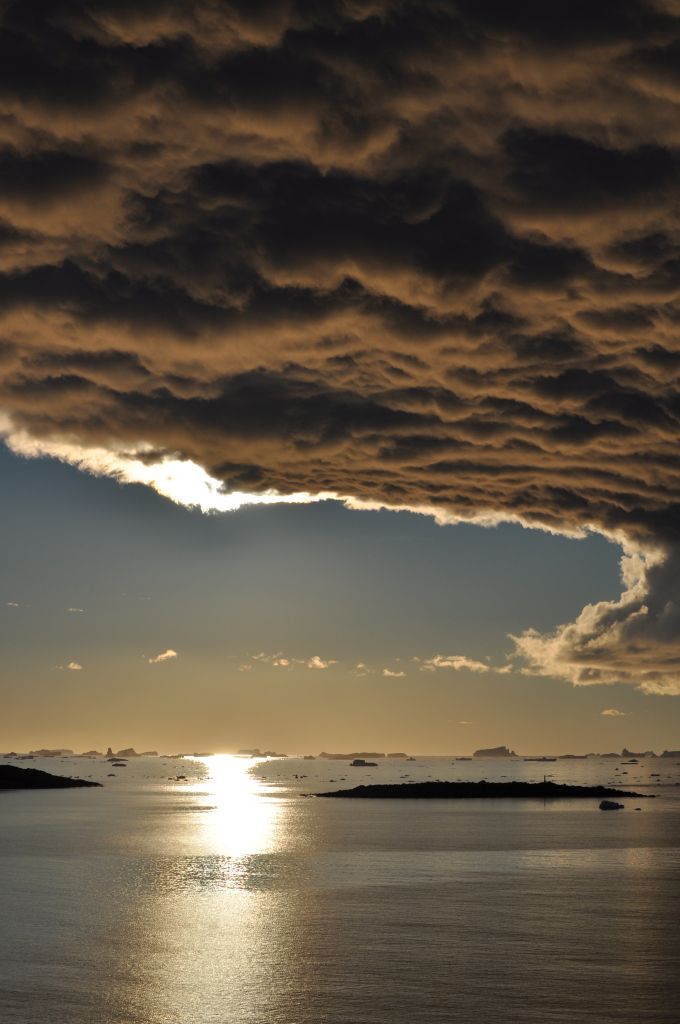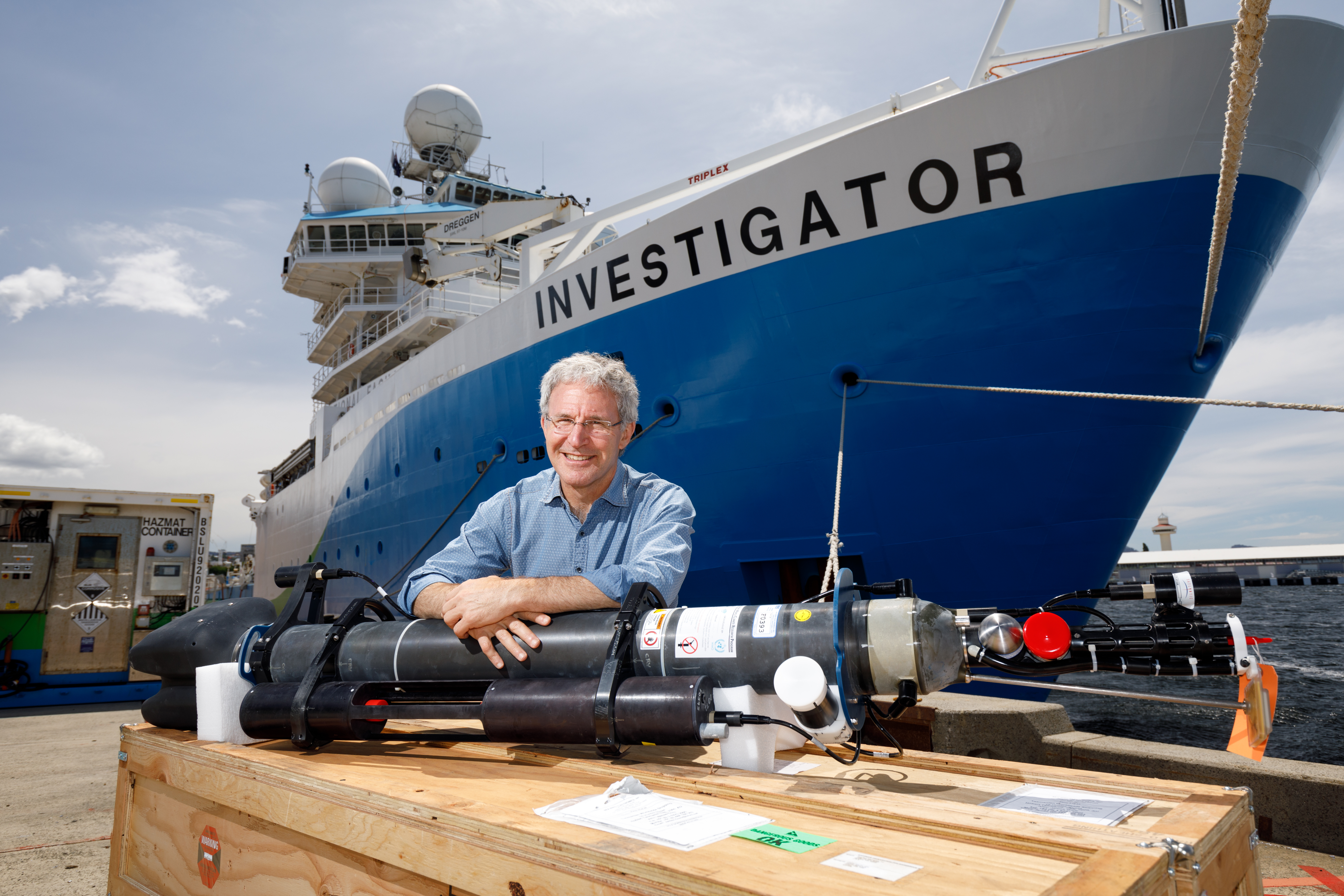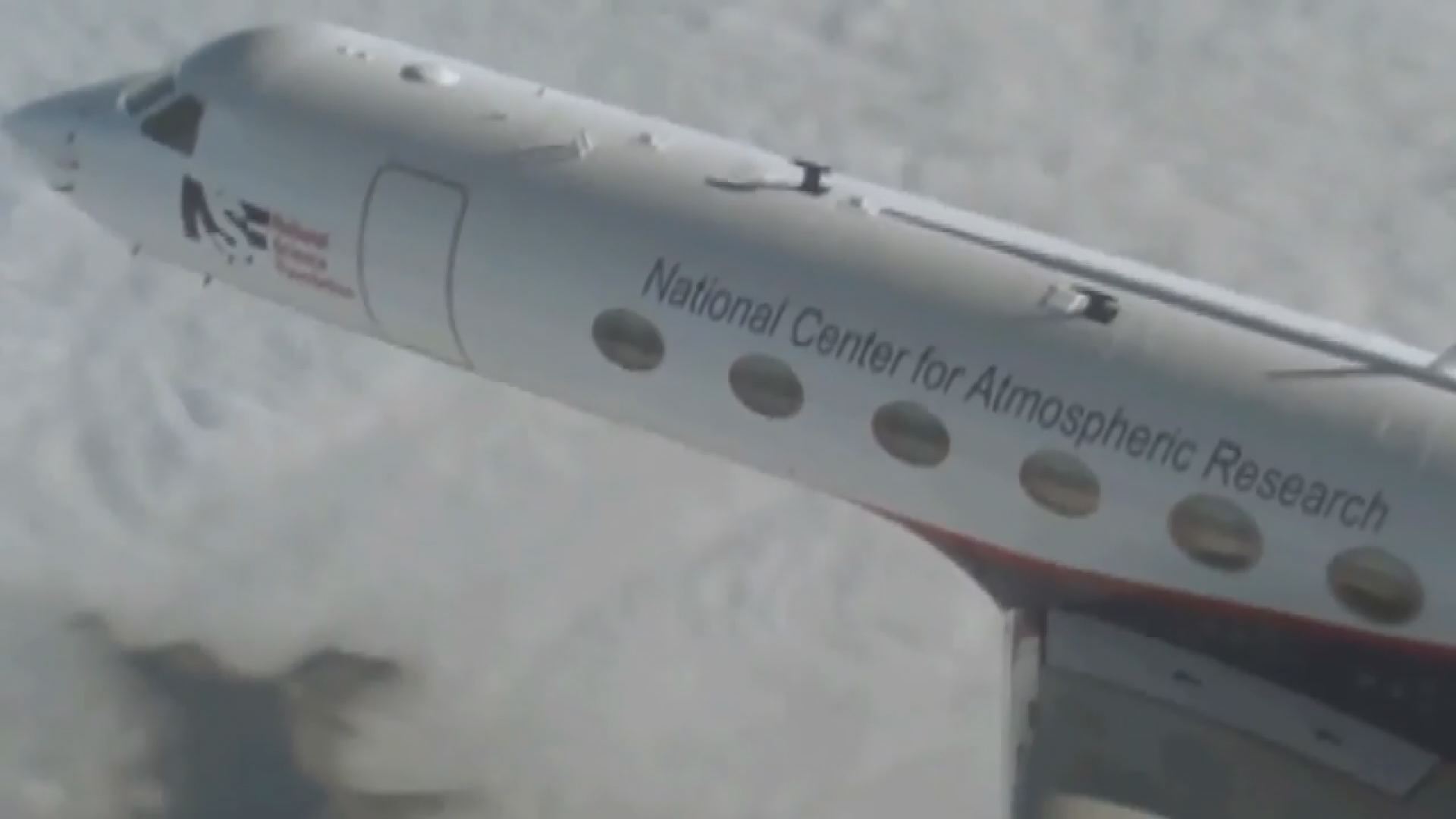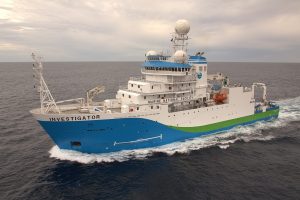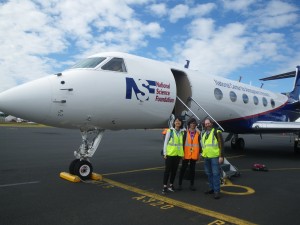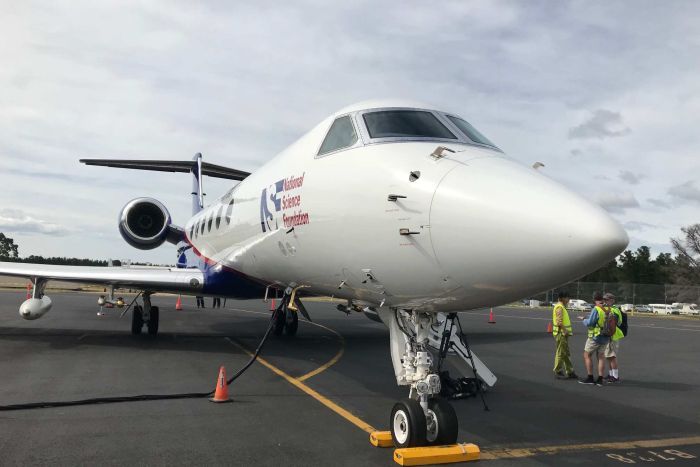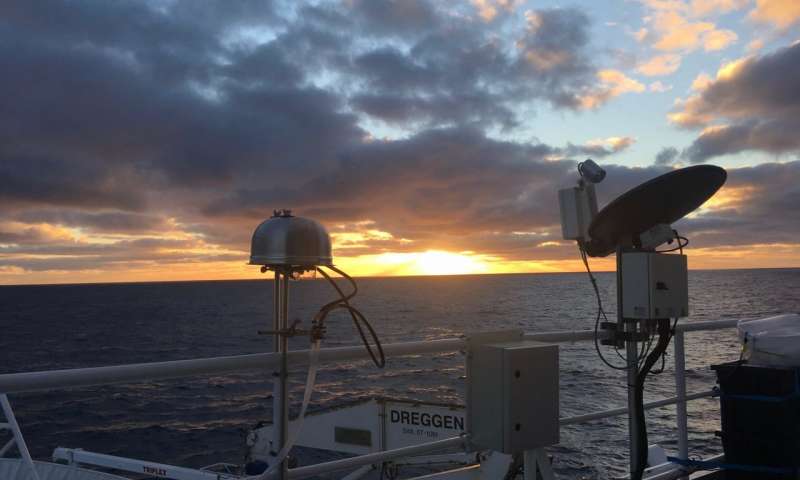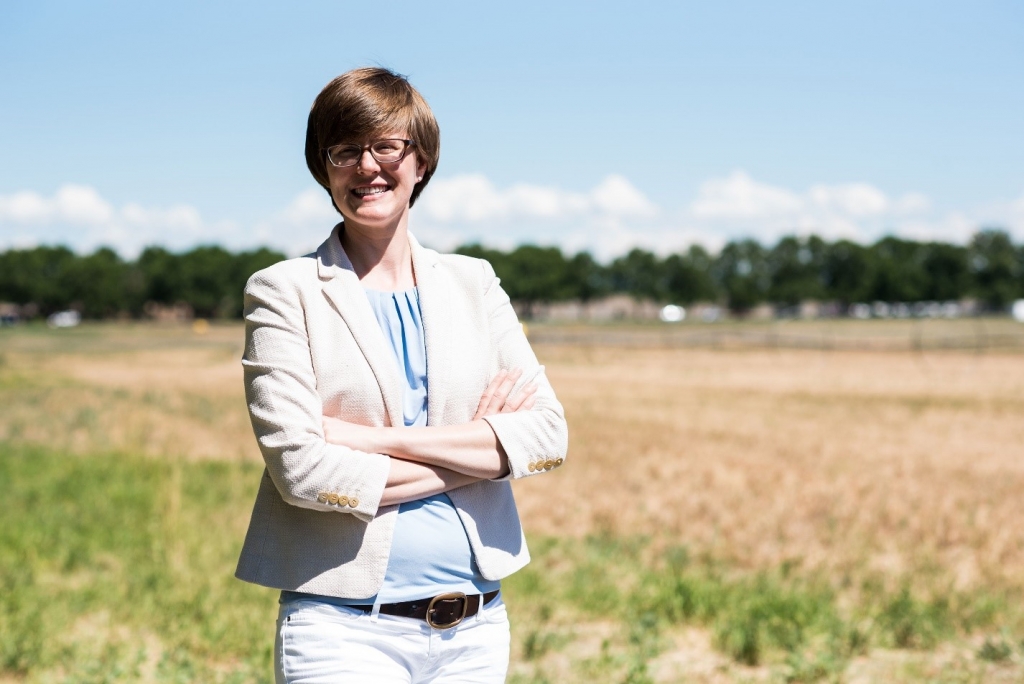Four New DOE Early Career Research Program Award Winners Plan to Use ARM Measurements
25 July 2018 | ARM
 In late June, 84 scientists around the country received Early Career Research Program awards from the U.S. Department of Energy (DOE). The 54 awardees from universities will receive at least $150,000 a year for five years to further their research. The 30 recipients from national labs will receive at least $500,000 annually. Four of the young scientists will use measurements from DOE’s Atmospheric Radiation Measurement (ARM) user facility.
In late June, 84 scientists around the country received Early Career Research Program awards from the U.S. Department of Energy (DOE). The 54 awardees from universities will receive at least $150,000 a year for five years to further their research. The 30 recipients from national labs will receive at least $500,000 annually. Four of the young scientists will use measurements from DOE’s Atmospheric Radiation Measurement (ARM) user facility.
» Read more
Researchers fly and sail to stormiest place on Earth to study cloud processes
12 April 2018 | Colorado State University
 By ship and by plane, Department of Atmospheric Science researchers ventured to the stormiest place on Earth, the Southern Ocean, to collect cloud, aerosol and precipitation data for a project called SOCRATES. Knowledge gained during the Southern Ocean Clouds, Radiation, Aerosol Transport Experimental Study is expected to enhance weather and climate modeling and forecasting capabilities across the globe.
By ship and by plane, Department of Atmospheric Science researchers ventured to the stormiest place on Earth, the Southern Ocean, to collect cloud, aerosol and precipitation data for a project called SOCRATES. Knowledge gained during the Southern Ocean Clouds, Radiation, Aerosol Transport Experimental Study is expected to enhance weather and climate modeling and forecasting capabilities across the globe.
» Read more
Mysteries of Southern Ocean air on the radar of landmark atmospheric study
11 February 2018 | ABC News Australia
 A crack team of US climate researchers have gathered in Hobart to unlock the mysteries of the air above the Southern Ocean. To help them, they have control of a state-of-the-art Gulfstream V aircraft, packed full of cutting-edge climate reading machines and instruments.
A crack team of US climate researchers have gathered in Hobart to unlock the mysteries of the air above the Southern Ocean. To help them, they have control of a state-of-the-art Gulfstream V aircraft, packed full of cutting-edge climate reading machines and instruments.
» Read more
UW atmospheric scientists flying through clouds above Antarctica’s Southern Ocean
5 February 2018 | UWNEWS
 University of Washington scientists are part of an international team that is spending six weeks in the remote Southern Ocean to tackle one of the region’s many mysteries: its clouds. What they discover will be used to improve climate models, which routinely underestimate how much solar energy bounces off clouds in that region. Simulating how much solar energy is absorbed or reflected on Earth is key to calculating the future of the planet under climate change.
University of Washington scientists are part of an international team that is spending six weeks in the remote Southern Ocean to tackle one of the region’s many mysteries: its clouds. What they discover will be used to improve climate models, which routinely underestimate how much solar energy bounces off clouds in that region. Simulating how much solar energy is absorbed or reflected on Earth is key to calculating the future of the planet under climate change.
» Read more
SOCRATES meets ZephIR as Lidar project sets sail to inform global warming strategy
16 January 2018 | ZephIR Lidar
 This month, an international team of scientists will head to the remote Southern Ocean with a ZephIR 300 wind lidar providing the project’s remote wind measurements on-board the R/V Investigator, an Australian deep-ocean research vessel. The U.S. portion of the project is funded by the National Science Foundation (NSF).
This month, an international team of scientists will head to the remote Southern Ocean with a ZephIR 300 wind lidar providing the project’s remote wind measurements on-board the R/V Investigator, an Australian deep-ocean research vessel. The U.S. portion of the project is funded by the National Science Foundation (NSF).
» Read more
A 'Super-cooled' weather mystery in the Southern Ocean
11 January 2018 | NBC 9 News
 There is a weather mystery near the Southern Ocean at the bottom of our planet, and a group of Boulder scientists are preparing to go there to solve what they call a “supercooled” mystery. The mystery is actually in our climate models and the clues are in the clouds.
There is a weather mystery near the Southern Ocean at the bottom of our planet, and a group of Boulder scientists are preparing to go there to solve what they call a “supercooled” mystery. The mystery is actually in our climate models and the clues are in the clouds.
» Read more
The Climate Secrets of Southern Clouds
9 January 2018 | AtmosNews
 This month, an international team of scientists will head to the remote Southern Ocean for six weeks to tackle one of the region's many persistent mysteries: its clouds. What they discover will be used to improve climate models, which routinely underestimate the amount of solar radiation reflected back into space by clouds in the region.
This month, an international team of scientists will head to the remote Southern Ocean for six weeks to tackle one of the region's many persistent mysteries: its clouds. What they discover will be used to improve climate models, which routinely underestimate the amount of solar radiation reflected back into space by clouds in the region.
» Read more
Deep diving for answers on climate
9 January 2018 | CSIRO
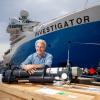 A global network of over 3800 Argo floats already provide us with an understanding of ocean temperature and salinity up to 2000 metres, however these new generation, data-collecting, autonomous ocean robots will provide unprecedented information about oceans up to depths of 5000 metres.
A global network of over 3800 Argo floats already provide us with an understanding of ocean temperature and salinity up to 2000 metres, however these new generation, data-collecting, autonomous ocean robots will provide unprecedented information about oceans up to depths of 5000 metres.
» Read more
Searching for super-cooled Southern Ocean clouds
29 October 2017 | Australian Antarctic Division
 Atmospheric scientists will use ships, aircraft and satellites to study super-cooled Southern Ocean clouds this summer. The project involving Australian and United States researchers will gather data on super-cooled cloud formations, which are clouds that remain as liquid water well below freezing.
Atmospheric scientists will use ships, aircraft and satellites to study super-cooled Southern Ocean clouds this summer. The project involving Australian and United States researchers will gather data on super-cooled cloud formations, which are clouds that remain as liquid water well below freezing.
» Read more
Data Set Documentation Guidelines
Data Archive Submission Instructions
